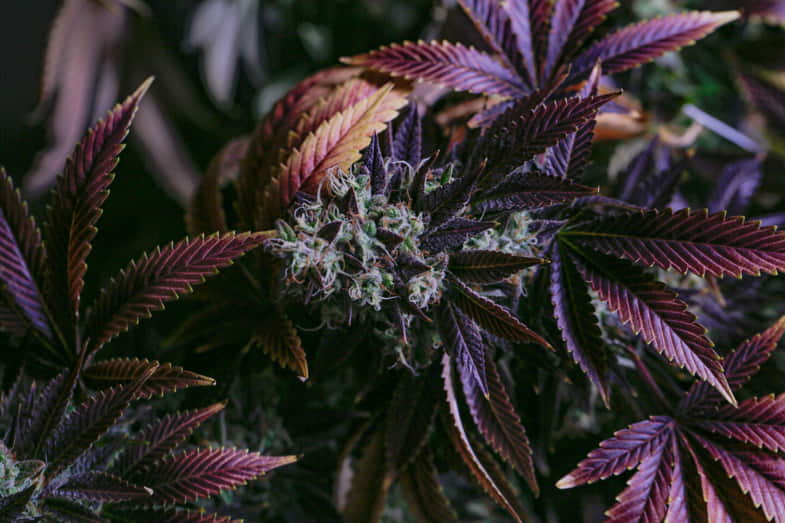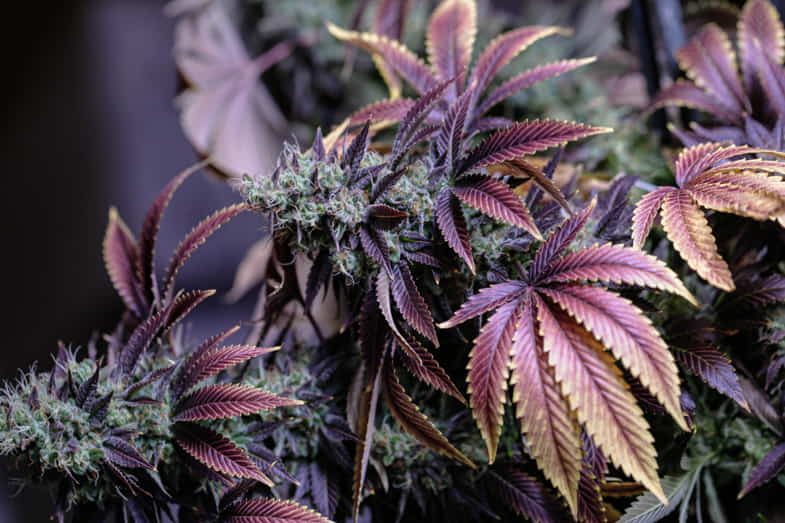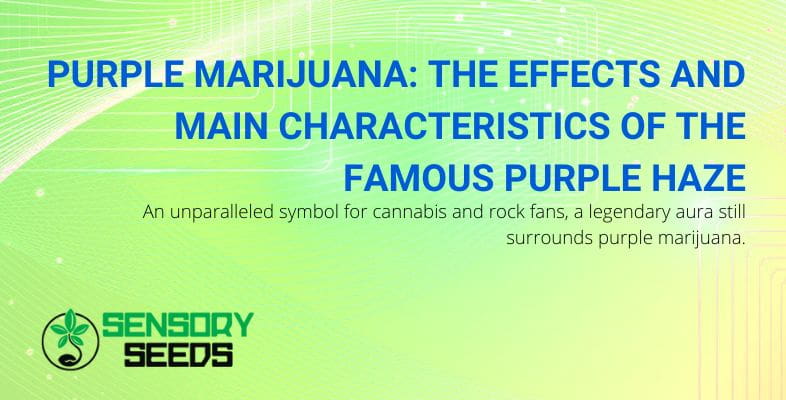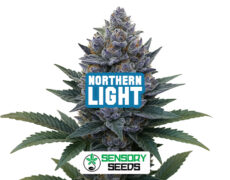Published on: 03/11/2022
An unparalleled symbol for cannabis and rock fans, a legendary aura still surrounds purple marijuana.
Purple marijuana is undoubtedly a fascinating cannabis strain to use and to see, as its leaves take on a natural and magnificent violet hue.
Known to senior connoisseurs as Purple Haze, about a famous Jimi Hendrix song, purple marijuana possesses an incomparable aroma and, above all, a solid evocative power. However, the renowned rock guitarist did not choose this title regarding this particular strain of cannabis.
The origin of Purple Haze marijuana is linked to experimentation: it is a hybridization created to obtain a plant particularly rich in resin and abundant inflorescences.
However, the uniqueness of this plant is the colouring of its leaves, with their typical violet hues, and a very pleasant fruity, strawberry and forest aroma.
Purple Haze cannabis was created intending to have a plant with a high THC content: in fact, this variety reaches a THC percentage of up to 30%, which is why it is considered illegal in Italy, where the maximum THC concentration allowed is 0.2%.
This does not mean those who wish to dedicate themselves to cultivating these beautiful purple plants are forced to give up. There is also a variety of Purple Haze that contains a significant amount of CBD and is therefore not legally prosecuted while retaining the colouring and aroma of the original.
In any case, Purple Haze is a very strong cannabis variety, suitable for those who desire a rather energizing effect and relieve tension. Furthermore, the aroma of Purple Haze is very persistent, intense, and pleasant. But, of course, the original plant, rich in THC, the use of which is not permitted in Italy anyway, could cause unpleasant side effects.
In contrast, the more CBD-rich Purple Haze is attributed with relaxing and pain-relieving effects and is used therapeutically in some countries.
Read also: All about the effects of CBDA and the differences between CBD
Growing Purple Haze cannabis: some interesting facts


An essential characteristic of the Purple Haze is that it is a very hardy plant that can be grown without difficulty even in areas where the temperature is shallow; indeed, it is thanks to this type of climate that the plant takes on the intense purple colour.
This does not mean that purple cannabis cannot be cultivated in a warm environment: it also gives excellent results in a Mediterranean climate with intense sunshine. Purple Haze is also ideal for indoor and hydroponic cultivation for those who prefer a very fast-growing and harvesting cycle.
As we know, the most significant active ingredients in hemp are the cannabinoids, present in a considerable number of which are the most important are THC and CBD. The former, as we know, is the element responsible for the psychotropic effects of marijuana. At the same time, CBD, which has no psychotropic effects but is rich in essential nutrients, is known for its health benefits.
Read also: Legal male hemp: what it is used for and what its characteristics are
Cultivation tips for Purple Haze
For those who wish to grow purple cannabis, first, as with any other plant, it is critical to take care of the soil composition. A mixture of clay, sand, and organic compost should be prepared. In general, cannabis requires loamy soil that provides excellent drainage.
If, on the other hand, the choice is to grow indoors, the hydroponic growing technique is preferable, using expanded clay, perlite, or similar, and taking care that the roots always remain in contact with water.
As far as fertilization is concerned, it should be borne in mind that using fertilizers certainly does not lead to enhancement or miraculous growth of the seedlings; on the contrary, the risk is that of burning the roots. If the plants look healthy and have no yellowed or visibly suffering leaves, no fertilizer needs to be added.
It may, however, be advisable to provide the seedlings with the correct number of minerals: ready-made potting soil usually already contains everything necessary for development, whereas, for hydroponics, it may be helpful to supplement. In addition, ready-made fertilizers can be found on the market for both the flowering and the sprouting periods.
Natural, homemade compost prepared from banana peels, eggshells, and coffee grounds (very rich in nitrogen, an essential element for development) is also acceptable. However, it may still happen that you find yellow leaves: this is typically a regular occurrence. About a month before the harvest, it is recommended to stop fertilizing to prevent the plant from developing an unpleasant aroma.


Pests that can attack cannabis plants
Sativa hemp can also easily fall prey to pests, fungi and mould indoors and outdoors. Such a situation can irreparably compromise one’s harvest.
To avoid this problem, it is advisable to use a pesticide for green plants, prepare a DIY product such as nettle macerate, or use neem oil.
However, it is recommended to avoid pesticides during the flowering period.
Like any other cannabis variety, purple marijuana should be harvested when flowering is complete. For indoor cultivation, the choice of lights, which should not release heat, and the ventilation system, to avoid the issue of humidity, is also crucial.
Are you passionate about the world of cannabis?
Look at the SensorySeeds shop, the portal dedicated to selling the best collectable cannabis seeds, where you can choose and buy your favourite products directly online and receive everything within a few days.









